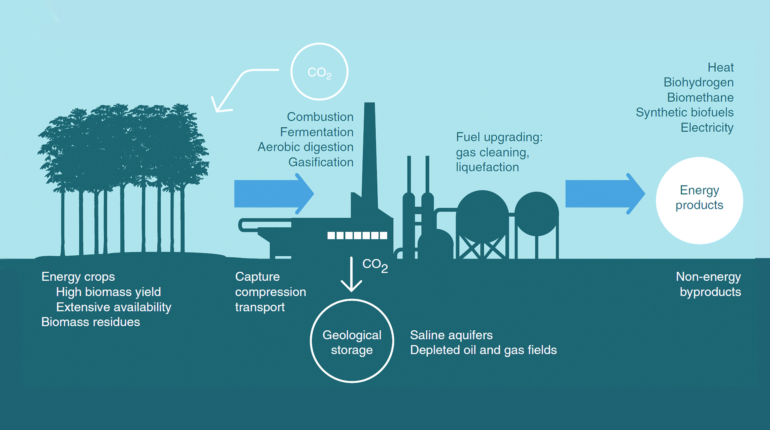As the world collectively pushes to meet emission reduction goals by 2030, controversial ‘Carbon Capture’ projects are being backed with huge investment.
When it comes to saving the planet from an impending climate crisis, is there really room for cutting corners? The answer so far is a solid maybe.
We’re now more environmentally conscious than ever before. Everyone from the biggest multiconglomorates to modest family businesses are finally starting to adopt more environmentally friendly and sustainable practices. Whether this concerted effort is coming from a place of genuine social change and accountability or keeping public pressure at bay with greenwashing gimmicks will differ on a case by case basis, but it is a concerted effort, nonetheless.
To date, the main goal has always been mitigation when talking emissions. Tech companies are innovating bold new ways of generating renewable energy, the agriculture industry is shifting toward becoming more regenerative, and people are finally making active consumer decisions based on their own carbon footprints. The general attitude is ‘the less Carbon dioxide in the atmosphere the better,’ as we chip away at our global climate reduction goals slated for 2030.
European Parliament backs tougher 2030 emissions-reduction target https://t.co/KedIhadmOB
— Bloomberg (@business) October 7, 2020
However, there are a number of savvy tech companies out there that are less concerned with mitigating emissions, and instead are inventing revolutionary ways of diverting and storing them – a process becoming commonly branded as ‘Carbon Capture’.
As you’d expect, projects of this nature are largely frowned upon in the sustainable tech sector, with a number of experts lamenting the concept as a costly distraction from stopping emissions occurring in the first place, and also as a potential copout for companies adverse to adopting greener practices.
Just last month though, the International Energy Agency released a report claiming that Carbon Capture will have to become an imperative part of the mix if we’re to minimise the impact of emissions from factories, power plants, transportation, and other sources. It even went as far as declaring 2030’s emission goal ‘virtually impossible’ to reach with renewable energies alone, such as solar and wind.
See how two experts are crossing global boundaries and advancing carbon capture research. https://t.co/jLDIIku2bk pic.twitter.com/abPxIMnNxF
— ExxonMobil (@exxonmobil) October 8, 2020





















